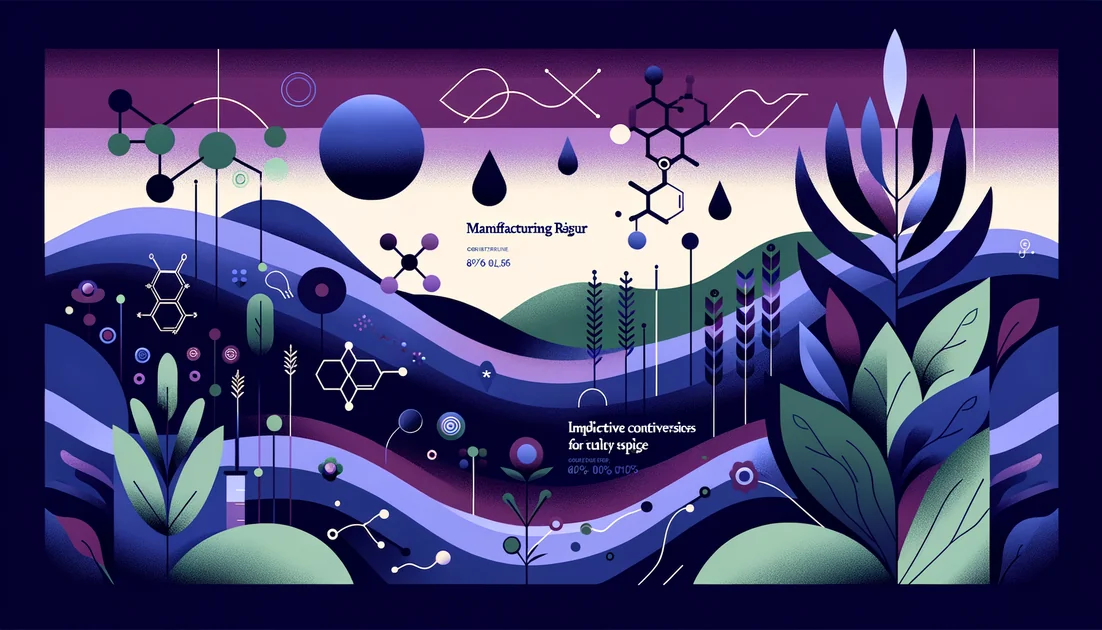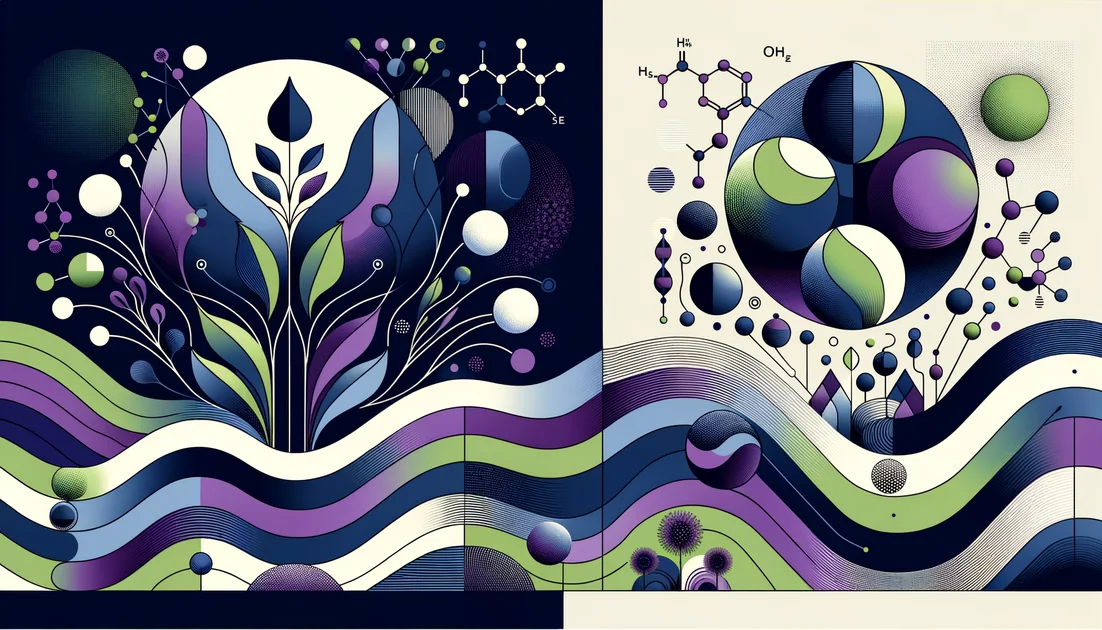
Top 10 Evidence-Based Recommendations
We reviewed 60+ randomized human trials and meta-analyses on gut symptom relief, bowel regularity, microbiome changes, and gut barrier support—then ranked supplements by effect size, study quality, safety, practicality, and speed. No affiliate fluff, just what actually moved outcomes in humans, with doses you can use today.
Quick Reference Card
Psyllium husk5 g twice daily
Bifidobacterium longum 35624 – 1×10^8 CFU daily
PHGG – 3–6 g/day
Peppermint oil (enteric-coated)180–200 mg before meals
Saccharomyces boulardii250 mg twice daily during antibiotics
HMOs (2'-FL + LNnT)5–10 g/day
Show all 10 supplements...
Zinc carnosine37.5 mg twice daily
L-Glutamine5 g three times daily
Butyrate (encapsulated) – 150–300 mg twice daily
Targeted synbiotic50B CFU + polyphenols daily
Ranked Recommendations
#1Psyllium husk (soluble fiber)Top Choice
The simple fiber that consistently outperforms fancy blends
Dose: 5 g twice daily with 8–12 oz water (total 10 g/day)
Time to Effect: 1–2 weeks; continues improving by 4–12 weeks
How It Works
Psyllium forms a viscous gel that normalizes stool water—softening hard stools and firming loose ones—while increasing short-chain fatty acid production that calms gut nerves. It reduces IBS symptom burden versus placebo in RCTs and meta-analyses of soluble fiber, while insoluble bran often underperforms or worsens symptoms. [10][5]
Evidence
Constipation or mixed-type IBS; anyone wanting regularity without gas spikes
Start low and hydrate; too little water can cause bloating or impaction.
Split doses (AM/PM). If gas early on, ramp 3–5 g/day weekly until you reach 10 g.
#2Bifidobacterium longum 35624 (formerly B. infantis 35624)Strong Alternative
One precise probiotic strain with consistent IBS data
Dose: 1×10^8 CFU daily (as used in the pivotal trial)
Time to Effect: 3–4 weeks
How It Works
This immune-calming strain lowers pro-inflammatory signaling and reduces visceral hypersensitivity, easing pain, bloating, and bowel dysfunction. Crucially, benefits are strain- and dose-specific. [1]
Evidence
IBS with pain/bloating; those burned by vague multi-strain probiotics
Look for the exact 35624 on the label; other strains ≠ same effects.
Pair with soluble fiber (psyllium) to feed resident bifidobacteria and improve persistence.
#3Partially hydrolyzed guar gum (PHGG)Worth Considering
Gentle prebiotic fiber that tames bloating (really)
Dose: 3–6 g/day; trials commonly 5–6 g/day
Time to Effect: 2–4 weeks; some outcomes by 4 weeks, steadier by 12
How It Works
Evidence
Gas/bloating with loose stools; fiber-sensitive folks who can't tolerate inulin/FOS
Rarely causes initial gas—titrate from 3 g/day.
Stir into warm tea/coffee; stacking with 35624 or HMOs can amplify bifidobacteria.
#4Enteric-coated peppermint oil
Rapid pain relief via a smooth-muscle "cooldown"
Dose: 180–200 mg 2–3×/day before meals (enteric-coated)
Time to Effect: Often within days; some trials show 24-hour improvements
How It Works
Evidence
Cramping/pain-predominant IBS; pre-meal discomfort
Can worsen reflux; avoid with significant GERD. Separate from antacids (they break the enteric coat). [21]
If reflux-prone, take 30–60 min before meals and stay upright; consider small-intestinal-release forms used in trials.
#5Saccharomyces boulardii (probiotic yeast)
The antibiotic-proof probiotic for diarrhea protection
Dose: 250 mg (≈5–10 billion CFU) twice daily during antibiotics and 1 week after
Time to Effect: During the antibiotic course
How It Works
Evidence
Anyone starting antibiotics; traveler's diarrhea prevention
Use capsules (don't open near central lines). Resume a bifido-centric probiotic after antibiotics.
#6Human milk oligosaccharides (HMOs: 2'-FL + LNnT)
A next-gen prebiotic that selectively feeds bifidobacteria
Dose: 5–10 g/day of a 4:1 2'-FL:LNnT blend
Time to Effect: 2–4 weeks for microbiome shift; symptom changes may lag
How It Works
Evidence
Those focused on microbiome rebalancing with good tolerance
Sweet taste; may not directly reduce pain quickly.
Stack with 35624 or PHGG to enhance bifido growth and butyrate production.
#7Zinc carnosine (polaprezinc)
Barrier support for the "leaky gut" crowd
Dose: 37.5 mg twice daily in human crossover trial
Time to Effect: Within 5–14 days for permeability outcomes
How It Works
Evidence
Barrier support during NSAIDs or heavy training; adjunct in suspected hyperpermeability
Zinc can cause nausea on empty stomach; don't combine with high-dose iron at the same time.
Take with food; pair with PHGG to boost mucosal repair and microbial SCFAs.
#8L-Glutamine
Targeted help for post-infectious IBS-D with high permeability
Dose: 5 g three times daily (total 15 g/day) for 8 weeks in trials
Time to Effect: 4–8 weeks
How It Works
Primary fuel for enterocytes; supports tight junction proteins and may normalize stress-induced hyperpermeability—effects appear strongest in IBS-D after gastroenteritis. [26]
Evidence
Double-blind RCT (n≈106 completers) in post-infectious IBS-D: 15 g/day glutamine greatly improved IBS-SSS, stool frequency/form, and normalized permeability vs placebo. Broader IBS evidence remains limited. [26]
Post-infectious IBS-D with evidence of increased permeability
Use cautiously with severe liver disease; can raise ammonia in rare contexts.
If unsure you're post-infectious, try a 4-week trial and assess response; combine with zinc carnosine for barrier support.
#9Butyrate (microencapsulated)
Direct delivery of the colon's favorite fuel
Dose: 150–300 mg twice daily in encapsulated form
Time to Effect: 4–8 weeks
How It Works
Evidence
Low-butyrate producers (post-antibiotics, low-fiber diets)
Non-encapsulated forms may not reach the colon effectively.
Often works better when you also add fermentable fiber (psyllium/PHGG).
#10Targeted synbiotic (multi-species + polyphenol prebiotic)
An "ecosystem nudge" that can raise butyrate and urolithin A
Dose: Approx. 50+ billion CFU daily with 400 mg pomegranate polyphenols (as used in study)
Time to Effect: 1–12 weeks
How It Works
Combines diverse lacto/bifido strains with polyphenols to boost beneficial taxa and metabolites (butyrate, urolithin A) linked to gut barrier and motility. Evidence in healthy adults shows metabolite shifts and lower CRP; IBS data are still limited. [29]
Evidence
Randomized placebo-controlled trial (n=32 healthy adults) showed increased microbiome diversity, higher butyrate in low producers, and large increases in urolithin A; symptom data in IBS pending. [29]
Optimization after core issues (fiber, specific strains) are addressed
Premium cost; choose reputable brands with strain transparency.
Use as a 90-day "rebuild" phase after antibiotics or illness, alongside 10–15 g/day fibers.
Common Questions
What's the fastest supplement for gut pain?
Enteric-coated peppermint oil can help within days (even 24 hours in one RCT), but may worsen reflux. [16][21]
Which single probiotic should I buy?
If your main issues are pain/bloating, choose B. longum 35624 at the dose used in trials (1×10^8 CFU/day). [1]
Can I take probiotics with antibiotics?
Use S. boulardii during antibiotics (it's a yeast, so antibiotics don't kill it), then add fiber/HMOs afterward. Avoid if immunocompromised or with central lines. [2][22][23]
Timeline Expectations
Fast Results
- •
Peppermint oil (enteric-coated)
- •
Psyllium (often within 1–2 weeks)
- •
S. boulardii during antibiotics
Gradual Benefits
- •
B. longum 35624 (4 weeks)
- •
PHGG (4–12 weeks)
- •
HMOs (4–12 weeks)
Combination Strategies
Calm & Regular Stack
Components:Psyllium husk 5 g AM/PM + B. longum 35624 1×10^8 CFU with breakfast + Peppermint oil 180–200 mg 30 min before lunch/dinner
Psyllium normalizes stool water; 35624 reduces pain/bloating; peppermint blunts meal-triggered spasms—covering the three biggest drivers of IBS symptoms. Evidence for each component stands alone and mechanisms are complementary. [10][1][12]
Week 1: start psyllium only. Week 2: add 35624 daily. Week 3: add peppermint before meals. Reassess at week 4.
Barrier Repair Stack
Components:Zinc carnosine 37.5 mg BID with meals + L-Glutamine 5 g TID + PHGG 3–6 g/day
Targets permeability (Zn-carnosine and glutamine) while feeding butyrate producers to reinforce tight junctions. Best in post-infectious IBS-D or NSAID/exertion stress. [17][26][7]
Run for 8 weeks, then taper glutamine; continue PHGG long-term if tolerated.
Antibiotic Armor & Rebuild
Components:S. boulardii 250 mg BID during antibiotics + 7 days + Psyllium 5–10 g/day ongoing + HMOs 5–10 g/day for 4–12 weeks after antibiotics
S. boulardii cuts AAD risk without being killed by antibiotics; post-antibiotic fibers/HMOs restore bifidobacteria and SCFAs. [2][10][19]
Start S. boulardii on day 1 of antibiotics. Begin fiber immediately; add HMOs after antibiotics for 4–12 weeks.
You might also like
Explore more of our evidence-led investigations, comparisons, and guides across every article style.

Natrol
Natrol's Quality Labwork Is Strong—But Marketing Claims Have Tripped Them Up

Theobromine vs TeaCrine (theacrine)
For smooth, long-lasting, low-stimulation energy, choose TeaCrine 100–200 mg in the morning; it shows sustained subjective energy without HR/BP spikes. Pick theobromine only if you want the mildest CNS effect and lowest "buzz," but expect little measurable energizing benefit. [1][2][7]


Coenzyme Q10 (CoQ10)
A young biochemist peered into a test tube of beef-heart extract and saw yellow crystals that would help explain how cells make energy—and later stir hope, debate, and a few surprises.


Tocotrienols
The stealthier cousins of vitamin E—built with springy tails that move differently in cell membranes and behave differently in your body.









